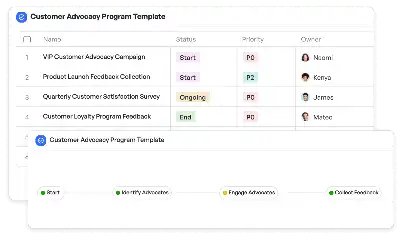Dynamic Resource Leveling Framework
Achieve project success with the Dynamic Resource Leveling Framework today!

What is Dynamic Resource Leveling Framework?
The Dynamic Resource Leveling Framework is a strategic approach designed to optimize the allocation and utilization of resources across various projects and tasks. It ensures that resources are distributed effectively, avoiding over-allocation or under-utilization, which are common challenges in project management. This framework is particularly important in industries where resource constraints and fluctuating demands are prevalent, such as IT, construction, and event management. By dynamically adjusting resource assignments based on real-time data and project priorities, this framework helps organizations maintain balance and achieve their objectives efficiently. For instance, in a software development project, the framework can help allocate developers, testers, and designers to tasks based on their availability and skill sets, ensuring smooth project execution.
Try this template now
Who is this Dynamic Resource Leveling Framework Template for?
The Dynamic Resource Leveling Framework template is ideal for project managers, resource planners, and team leads who need to manage complex projects with limited resources. It is particularly useful for industries like IT, construction, healthcare, and event management, where resource allocation plays a critical role in project success. Typical roles that benefit from this template include project coordinators, operations managers, and team supervisors. For example, an IT project manager can use this framework to allocate developers and testers to different sprints, while a construction manager can use it to schedule labor and equipment for various phases of a building project.

Try this template now
Why use this Dynamic Resource Leveling Framework?
One of the primary challenges in resource management is dealing with conflicts and inefficiencies caused by over-allocation or under-utilization of resources. The Dynamic Resource Leveling Framework addresses these pain points by providing a structured approach to resource allocation. For example, in a marketing campaign, this framework can help balance the workload of designers, copywriters, and analysts, ensuring that no team member is overwhelmed or idle. Additionally, it allows for real-time adjustments, making it easier to adapt to changes in project scope or timelines. This adaptability is crucial in dynamic environments like event management, where last-minute changes are common. By using this framework, organizations can minimize resource-related bottlenecks and ensure smoother project execution.

Try this template now
Get Started with the Dynamic Resource Leveling Framework
Follow these simple steps to get started with Meegle templates:
1. Click 'Get this Free Template Now' to sign up for Meegle.
2. After signing up, you will be redirected to the Dynamic Resource Leveling Framework. Click 'Use this Template' to create a version of this template in your workspace.
3. Customize the workflow and fields of the template to suit your specific needs.
4. Start using the template and experience the full potential of Meegle!
Try this template now
Free forever for teams up to 20!
The world’s #1 visualized project management tool
Powered by the next gen visual workflow engine




